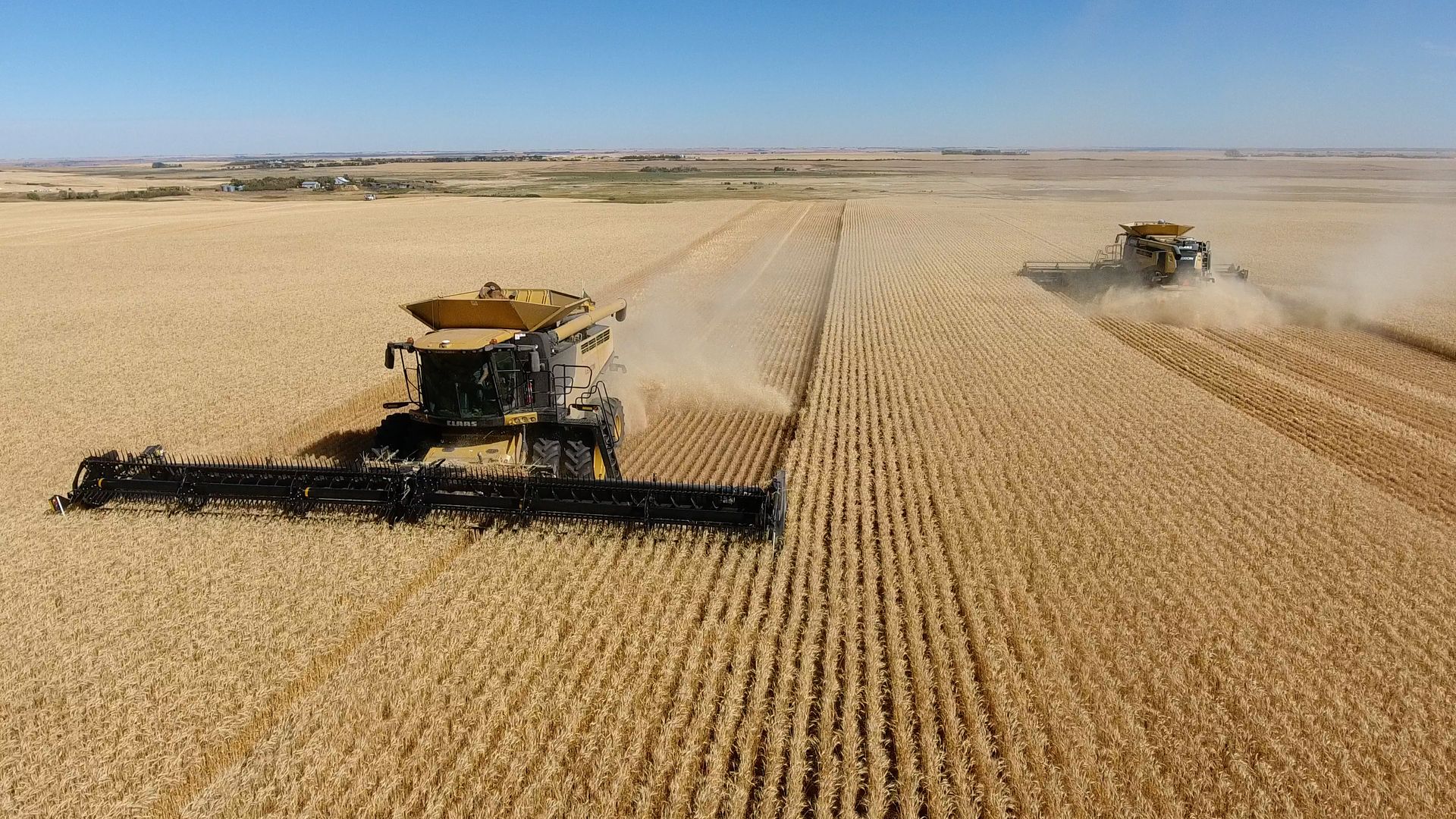


I heard a well-respected grower once comment that harvest is like the Super Bowl; hard work and dedication all season in the effort to optimize production and quality leads to the crop coming off. It’s the grand finale. While it’s easy to relate to the emotion and relief associated with finishing up a safe harvest season, it’s sometimes easy to neglect the fact for permanent crops, namely trees, and vines, the next season starts after harvest with post-harvest nutrition.
Of course, there are also budgetary factors that can play into a grower’s decision as to whether to apply post-harvest nutrition or not. If the budget allows for post-harvest nutrition, it must be thought about in the long-term context. Most blocks of permanent crops are planted with the expectation they will remain viable for 25-30 years. In essence, being regenerative year in and year out is of paramount importance towards remaining economically viable in the long term. Furthermore, one could argue that blocks of young trees and vines may need post-harvest nutrition even more so than mature, established blocks when budgets are tight. Regardless of whether the permanent crop is non-bearing, in its productive prime, or near the end of its life, it all starts with healthy root systems. Healthy root systems rely heavily upon phosphorus (P) and potassium (K) for growth. A healthy root zone with a balanced carbon: nitrogen ratio (e.g., 8:1 – 12: 1) is also critical for microbial activity to solubilize soil resident P & K. During the post-harvest period of late summer-fall there are typically ample sunlight hours for photosynthesis to continue. With the presence of photosynthetically active leaves, in turn, the root system transports carbohydrate reserves to the remaining wood tissues (e.g., trunk, limbs, canes) to nurture the tree or vine, with nutrition when winter dormancy ceases next season.
NACHURS® has the highest quality liquid options for P & K in the business. A perfect product for a post-harvest application on permanent crops is NACHURS Triple Option®. The analysis of Triple Option is 4-13-17-1 sulfur. While most growers don’t want to stimulate too much post-harvest vigor with excess nitrogen, having a bit of nitrogen in the formulation is still a benefit for chlorophyll production in the active leaves. Additionally, the thiosulfate component (from which the sulfur in Triple Option is derived) is useful for enzymatic activities related to slowing down nitrification and minimizing nitrogen losses to the environment. The phosphorus in Triple Option is 100% orthophosphate form to maximize uptake efficiency (especially as soil temperatures decrease in the fall), and the potassium component includes NACHURS Bio-K®. Aside from being the most efficient source of potassium, the acetate ion in Bio-K is an anionic carrier and can help to move other critical plant nutrients into the wood tissue reserves for plant growth early next season. Consider an application of 3-5 gallons per acre of Triple Option and pairing it with 1-2 pints/acre of NACHURS® Rhyzo-Link® PE. The “PE” is for “phosphate efficiency,” and the two strains of Bacillus sp. (B. tequilensis and B. velenzensis) in Rhyzo-Link PE stimulate activity in the root zone to transform tied-up phosphorus into plant-available phosphate.
At NACHURS®, we hope all our grower customers have a successful and SAFE harvest season, and to all our growers of perennial crops, don’t forget that next season starts with post-harvest P & K!

